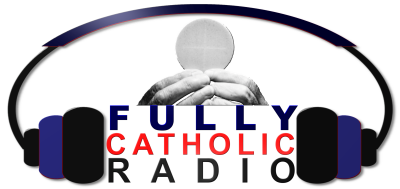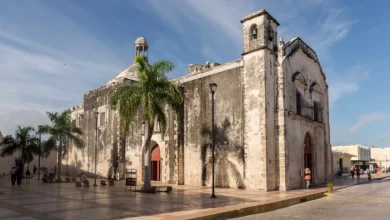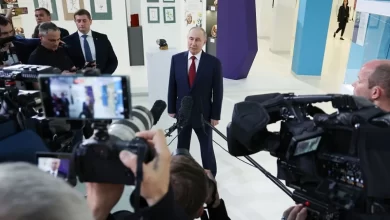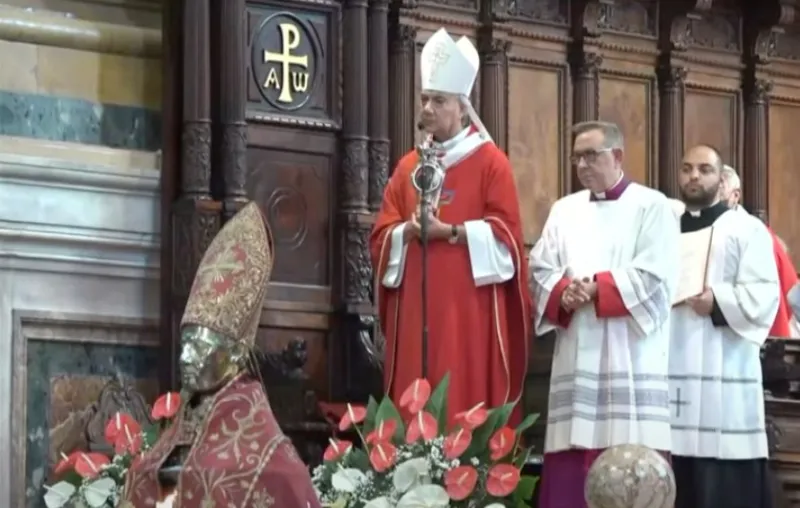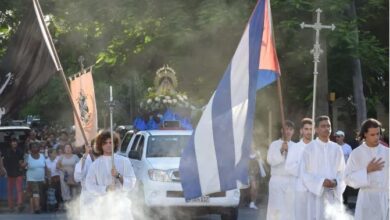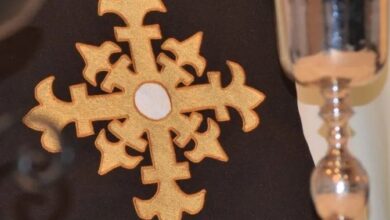American Society of Plastic Surgeons says it has not endorsed transgender surgery for teens
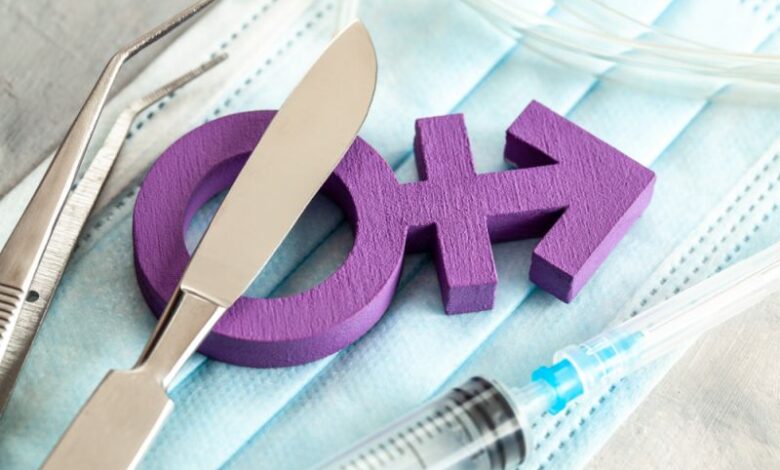
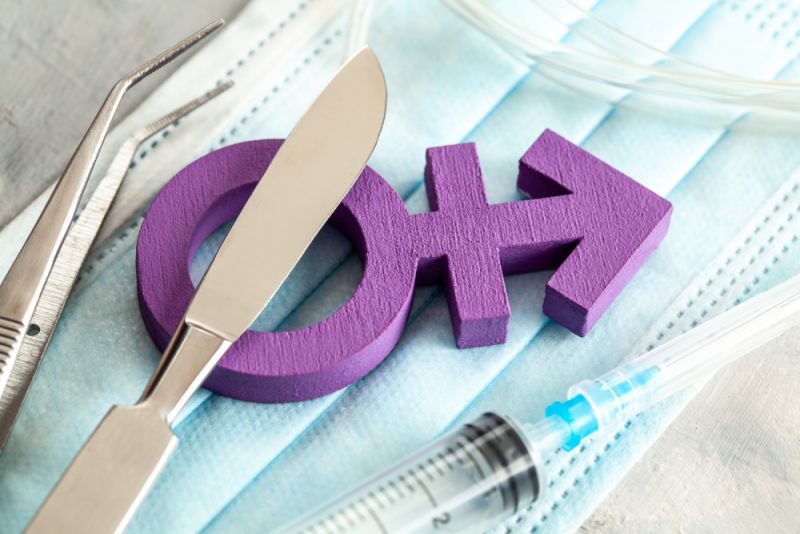 null / Credit: ADragan/Shutterstock
null / Credit: ADragan/Shutterstock CNA Staff, Aug 16, 2024 / 06:00 am (CNA).
The top organization that provides medical guidance to U.S. plastic surgeons released a statement calling for more evidence-based studies on the efficacy of “gender-affirming” surgery for adolescents, according to Manhattan Institute fellow and pediatric gender medicine expert Leor Sapir.
The American Society of Plastic Surgeons, which represents 92% of all board-certified plastic surgeons in the U.S., has come out saying there is “considerable uncertainty” surrounding these surgical treatments.
“ASPS currently understands that there is considerable uncertainty as to the long-term efficacy for the use of chest and genital surgical interventions for the treatment of adolescents with gender dysphoria,” ASPS said in a statement posted on X by Sapir.
ASPS’ statement represents a break from the perceived medical consensus, as most major U.S. medical organizations such as the World Professional Association for Transgender Health support hormone treatment and surgery for “transgender” youths.
Several U.S. medical groups and physicians including the American College of Pediatricians and the Catholic Medical Association have banded together to oppose social and medical transition for children experiencing gender dysphoria by signing a “Doctors Protecting Children” declaration, which recommended instead addressing underlying psychological and neurodivergent causes of gender dysphoria.
The ASPS noted that “the existing evidence base is viewed as low quality/low certainty” and that “this patient population requires specific considerations.”
ASPS said it “is reviewing and prioritizing several initiatives that best support evidence-based gender surgical care to provide guidance to plastic surgeons.”
“ASPS has not endorsed any organization’s practice recommendations for the treatment of adolescents with gender dysphoria,” the statement noted.
“As members of the multidisciplinary care team, plastic surgeons have a responsibility to provide comprehensive patient education and maintain a robust and evidence-based informed consent process, so patients and their families can set realistic expectations in the shared decision-making context,” the statement read.
ASPS did not immediately respond to a request for comment in time for publication.
A four-year review by England’s National Health Service, the Cass Review, released earlier this year, similarly questioned the normalized treatment of prescribing puberty blockers for transgender youths. England and Scotland have since banned puberty blockers for minors.
In a post on X, Sapir noted that in calling for evidence-based studies to support the need for surgery, ASPS is breaking from what seemed to be a consensus in favor of the procedures among the major medical groups.
“In the U.S., the use of puberty blockers, cross-sex hormones, and surgeries to help kids who feel distressed about their developing bodies has depended on a perceived consensus of medical groups,” Sapir said.
“Critics argue that the consensus is manufactured and enforced through suppression of alternative viewpoints and of evidence reviews,” he added.
At least seven ASPS members are being sued by detransitioners, according to Sapir.
Kayla Lovdahl, 18, sued an ASPS doctor last year for allegedly pressuring her into sex-change surgeries when she was a child. ASPS member Winnie Tong and two other doctors performed a double mastectomy on Lovdahl when she was 13 years old and gave her puberty blockers when she was 12, according to her legal complaint. Lovdahl “detransitioned” shortly after, at age 17, and received psychotherapy treatment for her mental health symptoms.
While many countries in Europe have cracked down on “transgender” surgeries and puberty blockers due to health and consent concerns, the U.S. remains largely permissive, even as lawsuits by detransitioners are accumulating. A July statement from the Biden administration voiced support for sex-change surgeries for minors.
